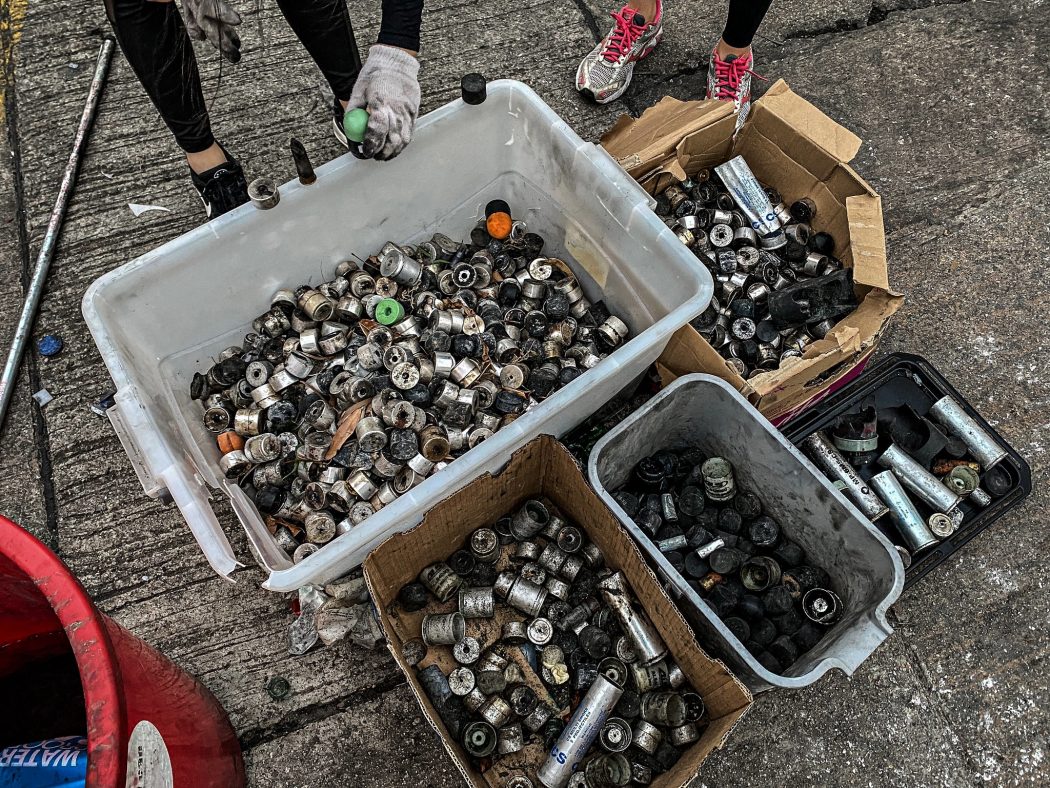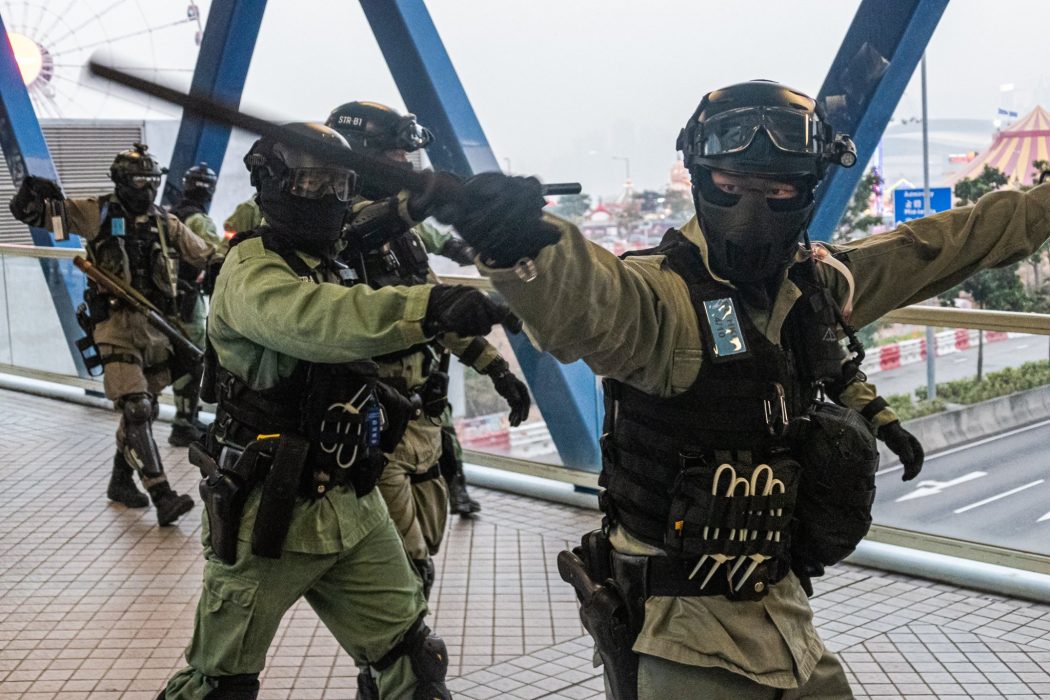Human rights groups in Hong Kong have slammed the police as providing “meaningless” data, after the force said only 104 cases of baton use were recorded during the recent large-scale pro-democracy protests.
In response to written enquiries by legislators, police revealed statistics on Tuesday related to the use of baton and other crowd control gear in handling the unrest which erupted last June over a now-withdrawn extradition bill.

The force said that, as of February, they had fired a total of 19 live rounds, 16,191 tear gas rounds, 10,100 rubber bullets, 1,880 react rounds, 2,033 bean bag rounds and 1,491 bottles of pepper spray when handling large-scale disorder. Specialised crowd management vehicles and Unimog vehicles were deployed for 65 days and 68 days respectively.
When asked about the number of times that batons were used, the force only gave 104 as the number of incidents where the officers used the weapon.
Icarus Wong, founder of Civil Rights Observer, told HKFP that the figure failed to indicate how frequently officers had used their batons and whether the weapon was used excessively.
“This general number of cases is rather meaningless. Citizens can clearly see that batons are one of the most frequently used weapons by police when dispersing the crowd. The number given by the police does not reflect such frequency,” Wong said.

He added officers are required to record their use of baton according to the Force Procedures Manual. They have to state the number of times they strike with a baton, which body part was hit and the injuries caused.
Director of Amnesty International Hong Kong Tam Man-kei, meanwhile, raised doubts over how police obtained the figure. He said that, based on videos from protest scenes verified by the organisation, the number of cases that involved use of baton should be much higher.
“These figures are far from the truth and justice that Hongkongers are asking for. I think most people want to see accountability and it has to go through an independent investigation mechanism,” Tam said.
| Live rounds | 19 |
| Tear gas rounds | 16,191 |
| Bean bag rounds | 2,033 |
| React rounds | 1,880 |
| Baton use | 104 |
| Crowd management vehicle deployment | 65 days |
| Unimog vehicle deployment | 68 days |
The police have submitted other figures to the Legislative Council Finance Committee for reviewing the force’s budget for the coming financial year.
Budget boost
Financial Secretary Paul Chan announced in February that the force is set to receive $25.8 billion which will cover crowd control gear and 2,543 extra personnel, ramping up the force’s manpower to over 38,000.
The move comes after months of unrest and pro-democracy protests, and comes amid widespread claims of police brutality from demonstrators, watchdogs and NGOs.

The budget will also cover 4,500 body-worn video cameras for extending its use to all frontline uniform officers. The force said in scenarios where clashes or violence is likely to occur, the use of the cameras could “yield a de-escalating and restraining effect, thereby preventing illegal acts.”
The police said from last June to February this year, a total of 446 officers left the force unexpectedly, marking an increase of 124 officers compared to the same period last year. The bureau said these officers resigned during training, decided to retire early, or quit for family and personal reasons.

